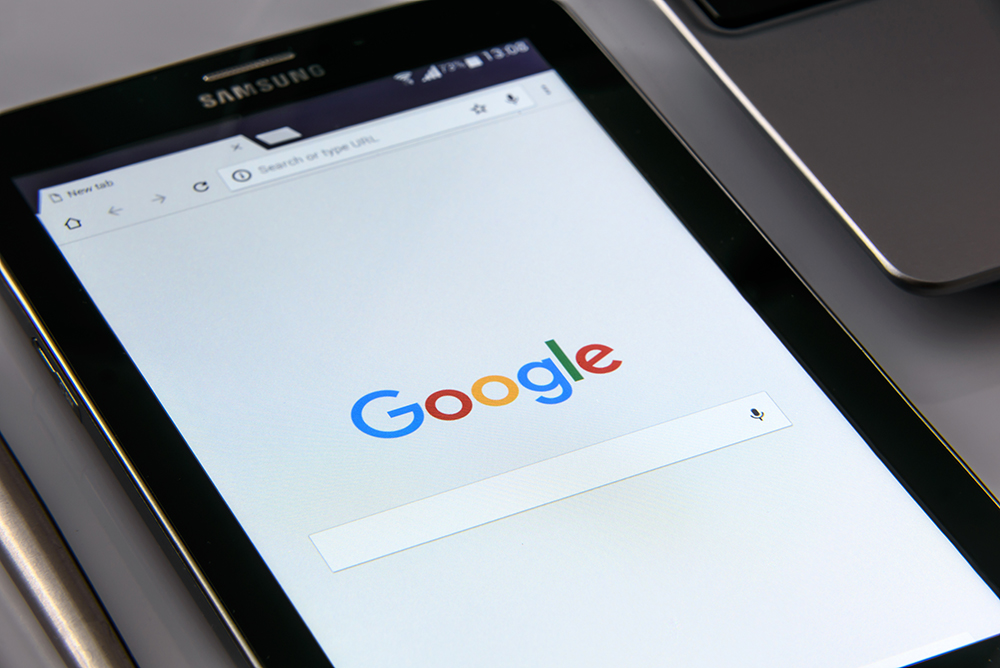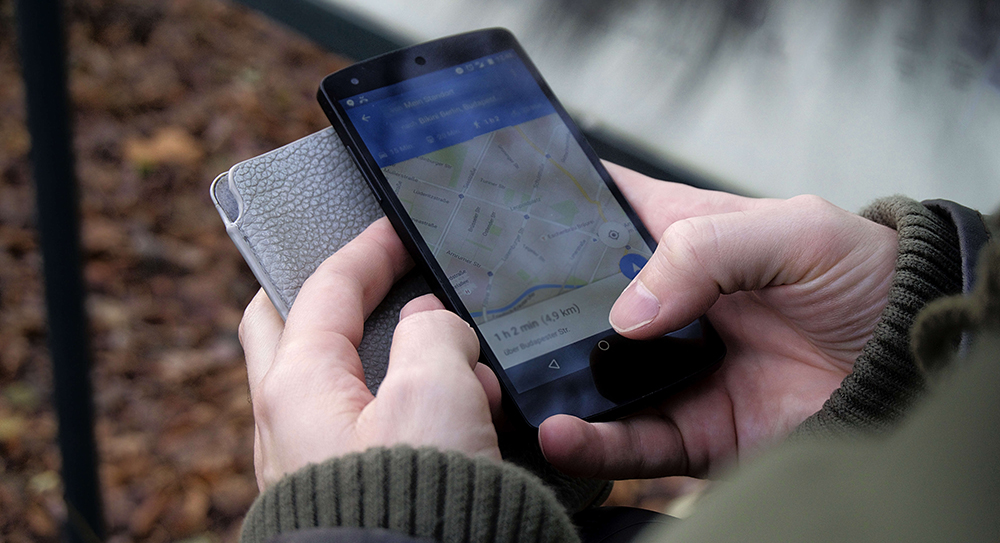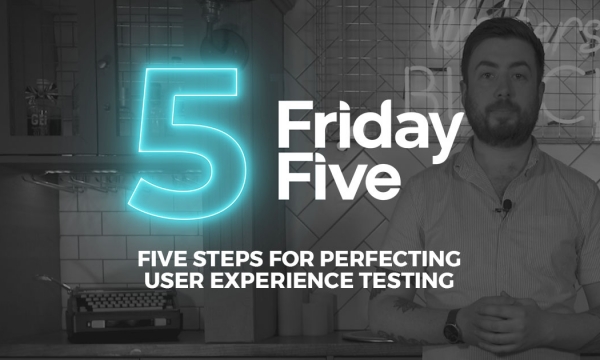These five key steps can help to ensure that you aren’t losing out in the search results due to poor mobile experiences.
Mobile SEO is an area that many brands are still struggling to perfect. Often, it's common issues that are impacting the experience they deliver to users on mobile and, in a mobile-first environment, affecting their search strategies.
Ensure you’re delivering a consistent experience

Consistency is vital when it comes to mobile SEO and the guidance from Google is very clear on this issue – mobile users shouldn’t be subjected to a lower-quality of experience or less functionality than those using a desktop.
Your users should be able to perform all of the functions that they would expect to perform, and access the information and content that they would expect to access, irrespective of the device that they’re using.
If you’re offering a sub-standard or stripped-down experience for your small screen users, it’s going to hit your search visibility.
Focus on the nuances of the small-screen experience

The functionality needs to be the same for mobile and desktop devices, but the way those functions are performed on different screens may need to be different.
Forms are a classic example of this difference. On a desktop device, with a full-sized keyboard and mouse, forms are very easy to complete. On a mobile device however, they’re much fiddlier. Keyboards are smaller, increasing the likelihood of errors or incorrect data, it can be clumsy for the user to activate a new field, and the experience is just much more difficult. To counter this, consider using smaller forms and auto-fill functions.
For online checkouts, look at introducing functions that allow users to enter their credit card details using their phone camera, or integrate Apple Pay or Google Pay into your checkout to make the process easier.
Keep the functionality the same, but adapt the process to suit the smaller screen.
Tackle the issues that are holding pack your page speed

Page speed is the most important factor for mobile SEO, particularly when you consider that mobile data connections can be slower and less reliable than fixed-line connections. If you aren’t delivering the experience that your audiences expect quickly, they’re going to go elsewhere.
High-res images are the biggest contributing factor to a slow loading page and in many cases, they’re completely needless for mobile users.
There are many things we can do to improve this, such as using next-gen image formats or reducing and compressing the actual size of the images on page. Look at your Pagespeed Insights report to identify the key issues and take the necessary steps to improve your page load speed.
Read More: Five steps to improving your page speed.
Think about user intent

Making sure that you are catering to the right user intent is extremely important because when it comes to mobile, users can have very different expectations of a search result and very different needs for information.
Think about a query for London Kings’ Cross Station. If somebody is on a mobile device, in the centre of London, there is a good chance that the user in that instance is looking to find the next train time, or whether it’s quicker to use the Piccadilly Line or the Victoria Line.
A search query on a desktop, on the other hand, may have a very different intent behind it. The user may be looking for information about the station, perhaps some information about its history. The user may even be a keen Harry Potter fan, trying to find out about Platform 9¾.
So what on the face of things is the same search query could have very different intentions behind them and yield totally different results based on device the searcher is using and their location. It is therefore crucial to ensure that you have the right content to serve the relevant different intentions that your users may have.
Be relevant to where your audiences are

Local search is another key consideration for mobile SEO. This involves a user searching for a branch, a shop location or even an opening time.
These are very important to making sure that you’re delivering relevant information that could drive footfall to your physical stores and branches, so make sure your local pack - things such as Google my Business and Bing Places listings - are up-to-date and as optimised as they possibly can be.


